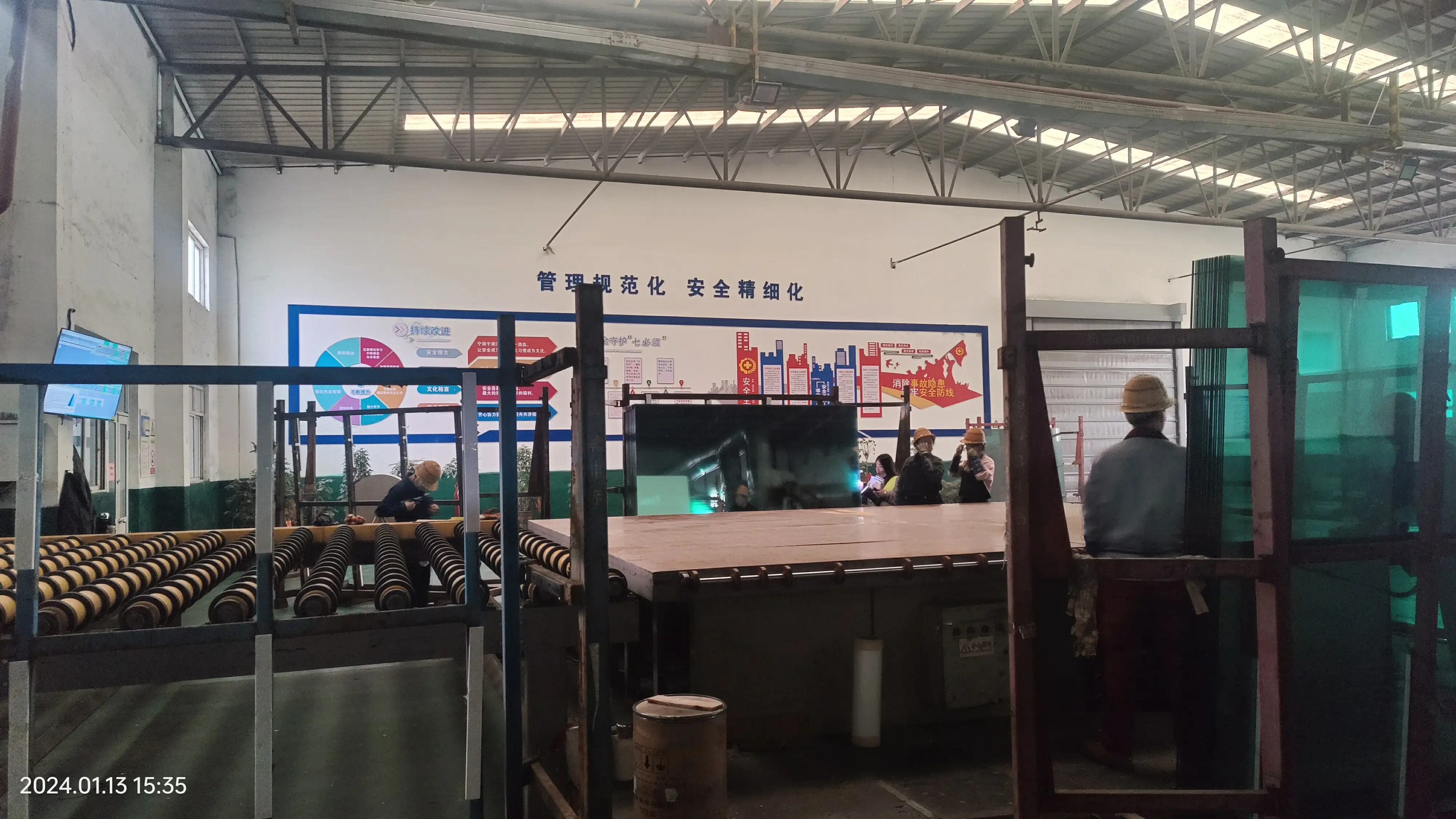

High Solar Gain Low-E Glass The Ideal Choice for Energy Efficiency
In today's world, where energy efficiency and sustainability are paramount, choosing the right window glass becomes essential for both residential and commercial buildings. Among the various types of glass available in the market, high solar gain Low-E (Low Emissivity) glass stands out as an excellent option for maximizing energy efficiency while providing comfort and aesthetic appeal.
Understanding Low-E Glass
Low-E glass has a special coating that reflects infrared light while allowing visible light to pass through. This unique property helps in reducing heat transfer through the glass, making interiors more comfortable and reducing the burden on heating and cooling systems. Low-E glass can be categorized into two types passive and solar control. Passive Low-E glass is designed to allow a high percentage of solar gain, making it ideal for colder climates where additional heat is beneficial. In contrast, solar control Low-E glass is better suited for warmer climates, as it minimizes solar heat gain to keep interiors cool.
The Advantages of High Solar Gain Low-E Glass
High solar gain Low-E glass is designed to harness the sun's energy, providing numerous benefits
1. Energy Efficiency By allowing solar heat to enter the home during the colder months, high solar gain Low-E glass reduces the need for artificial heating. As a result, homeowners can experience significant savings on their energy bills, contributing to a more sustainable lifestyle.
2. Natural Lighting This type of glass allows a greater amount of natural light to penetrate into living spaces. This not only enhances the ambiance of a room but also reduces the need for artificial lighting during the day, further conserving energy.

3. Comfort High solar gain Low-E glass helps maintain a consistent indoor temperature year-round. In winter, it provides warmth by allowing sunlight to enter, while in summer, proper shading and ventilation can minimize heat buildup, ensuring a comfortable living environment.
4. Reduced Glare Another benefit is its ability to reduce glare without sacrificing natural light. This is particularly advantageous for spaces that require considerable light, such as offices and classrooms, ensuring that occupants can work comfortably without visual discomfort.
5. Environmental Impact By reducing energy consumption, high solar gain Low-E glass contributes to lower carbon emissions, helping combat climate change and protecting the environment. It also plays a critical role in LEED (Leadership in Energy and Environmental Design) certification, which recognizes buildings that are environmentally friendly.
Applications and Considerations
High solar gain Low-E glass is suitable for a wide range of applications, including residential homes, commercial buildings, and educational institutions. While its benefits are numerous, it's essential to consider specific project needs and climate conditions. In warmer climates, a careful balance between solar gain and energy loss is crucial. It’s advisable to consult with architects or energy consultants to select the appropriate glazing options that align with the building’s orientation and usage patterns.
Conclusion
In summary, high solar gain Low-E glass offers a compelling solution for those seeking energy efficiency without compromising on natural light and comfort. As the world increasingly prioritizes sustainable building practices, integrating this type of glazing into new construction or renovation projects can lead to substantial benefits—lower energy bills, increased comfort, and reduced environmental impact. By making informed choices about window glazing, we can contribute to a greener future while enjoying the advantages that modern technology provides.